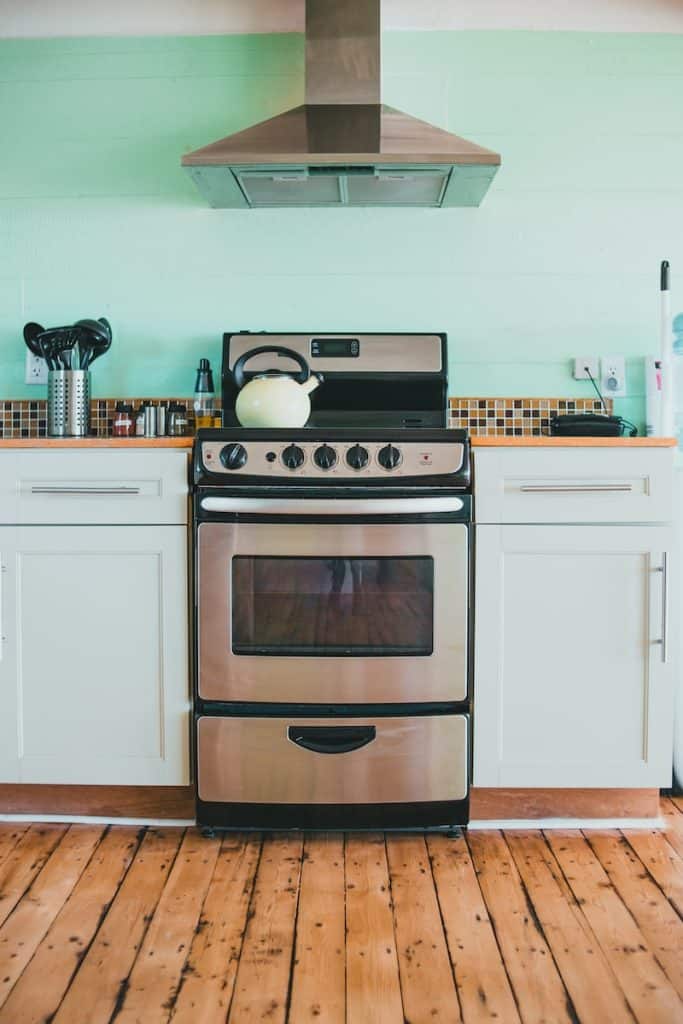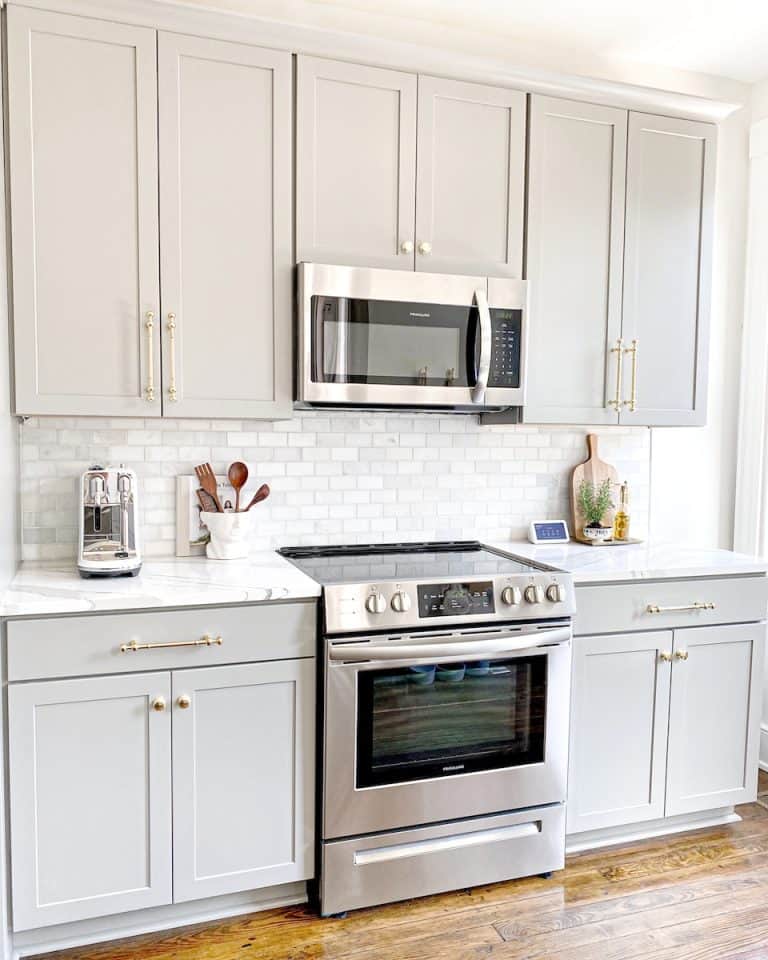You don’t need toxic and harmful commercial oven cleaners to get your oven spick and span. In fact, all you need are some safe, environmentally friendly products that work just as well (if not better). Not only will this protect you from any potential health hazards, but it’s also much easier on your wallet. So why not learn how to clean an oven with cloudy ammonia?
How to Clean an Oven With Cloudy Ammonia

Things You Need:
- Ammonia
- 2 heat-safe glass dishes
- Some sponges
- Warm water
- A dirty oven
Turn your oven on to 200 degrees, then immediately turn it off again. Leave the oven door open, and on the top oven racks, place a glass heat-safe dish with about 2 cups of mix ammonia in the top rack. Then, fill another glass heat-safe dish with boiling water and place that on the lower rack. Close the oven door to let the ammonia mixture fumes work their magic overnight or for 8-12 hours. The next morning, open the oven and remove both the bowl of ammonia and the glass of water.
If you let the ammonia and water mix sit in your oven overnight, you should be able to wipe away most of it come morning. use a hot, wet scrub sponge for best results. I found that this method worked rather well – there were only a few tough spots that required additional scrubbing.
They recommended adding baking soda to the hot, wet sponge before wiping. But, from my experience, I found that it didn’t make much of a difference and I had to wipe over the surface again with water afterwards to get rid of the film left behind. So, in the end, I just did it without the baking soda; and overall, would definitely do it this way again next time. Out of all ways to clean an electric oven, using ammonia is cheap easy-to-find , so why not give it a try? You might be surprised at how well it works!
Why Clean Your Oven With Ammonia?
Oven cleaners you purchase from the store are usually expensive and always contain harmful chemicals. Not to mention, a friend of mine was once speaking with an oven repairman who stated that the self-clean feature included in most ovens can actually damage the appliance over time. I’m not entirely sure if this is true, but it does make sense when considering how high of temperatures are used for such a long duration during the self-cleaning process.
Ammonia is commonly known as ammonia water or household ammonia. Many USE it for cleaning because it effectively removes: grime, stains from animal fat or oils, cooking grease, and wine. Its pungent odor dissipates quickly but to avoid overexposure, you should clean with a window open or use good ventilation.
Not only is ammonia used in household cleaning products, but it also has multiple industrial uses. In fact, over 90 percent of fertilizer produced worldwide contains ammonia. Ammonia is a building block for ammonium nitrite fertilizer, which explains its widespread use in farming.
If you’re considering using ammonia as an oven cleaner, be aware that mixing it with chlorine bleach creates a toxic gas called chloramine. Inhaling this gas can cause coughing, shortness of breath, chest pain, nausea and irritation to the throat, nose or eye. It can also lead to pneumonia or fluid in the lungs. To avoid these risks, use ammonia on its own. Also, remember if you have a gas oven, make sure to turn it off and the pilot light.
Types of Household Ammonia
The cloudy and sudsy versions of the product have soap added, which makes them more expensive. Go for the clear version instead. His staff also recommended avoiding ammonia with a scent because the smell is usually indicative of danger. Covering up the smell masks any potential threats that may be present in the solution.
As with all toxic products, keep them hidden and out of reach of children or pets. Be sure to wipe down surfaces completely, then wash the cloths you used separately from your regular laundry.
Final Thoughts on How to Clean an Oven With Cloudy Ammonia
If you’re concerned about the safety of using ammonia to clean your oven, be sure to do some research into safety precautions. As long as you use it in a well-ventilated area and follow all product instructions, though, ammonia should work well for cleaning your oven. And with no chemicals involved in its production or application, there are certainly many benefits to using this method. Happy cleaning!
Have you ever tried using ammonia to clean your oven? What did you think of its effectiveness? Would you use it again in the future, or is there another method that has worked well for you? Share your thoughts and experiences in the comments below!

